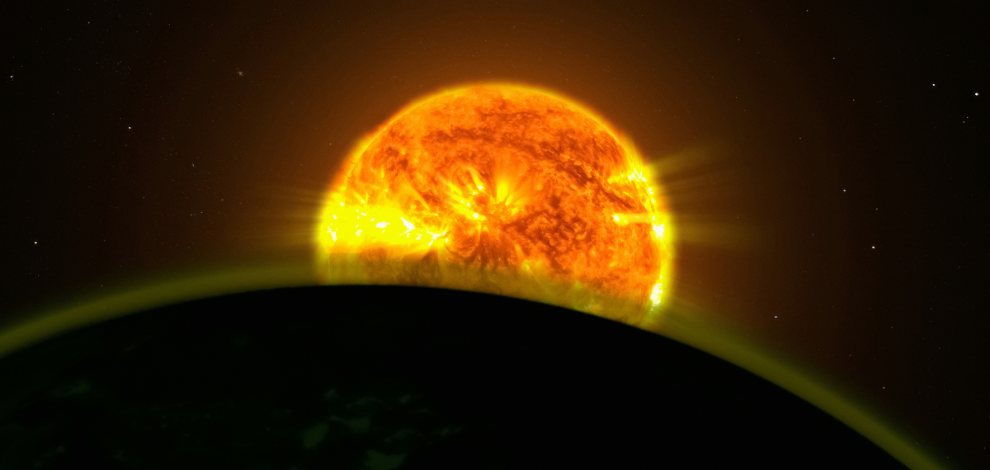On Monday, December 1, 2025, at 12:00 c.t. our next physics colloquium will take place. Associate Professor Tim Linden is a lecturer at Stockholm University and currently works at the Erlangen Center for Astroparticle Physics. The topic of his talk is "Unexpected Features of Solar Gamma-Ray and Neutrino Emission".
The Sun is a bright gamma-ray source - but not in the ways that many imagine. While the Sun cannot accelerate particles to high energies to produce gamma-ray emission above ~1 GeV, the Sun is a powerful passive source that can convert galactic cosmic rays into gamma rays that can be detected from Earth. There are two mechanisms. First, ambient cosmic-ray protons can undergo hadronic interactions with the solar atmosphere, producing a bright flux across the solar disk. Second, cosmic-ray electrons can inverse-Compton scatter ambient sunlight to gamma-ray energies. Observations by the Fermi-LAT and HAWC telescope have detected both components, and tracked their evolution across the solar cycle. The inverse-Compton scattering halo tracks theoretical expectations. However, the disk emission is peculiar in every way. First, the gamma-ray emission extends to energies above 3 TeV, implying that solar magnetic fields can redirect multi-TeV protons. Second, the morphology and spectrum of gamma-ray emission vary significantly over the solar cycle. Third, a significant "spectral-dip" appears between energies of 30-50 GeV. These observations are in significant tension with all current models of solar gamma-ray production. In this talk, I will discuss possible models for solar gamma-ray and neutrino emission, and discuss the potential for solar observations to better constrain solar processes, and perhaps discover physics beyond the standard model.
Abstract of the lecture by Prof. Linden
Prof. Dr. Anna Franckowiak will give an introduction to the lecture.
The faculty cordially invites all interested parties. The event will take place in lecture hall HZO 20.
Photo: NASA Hubble Space Telescope on Unsplash


